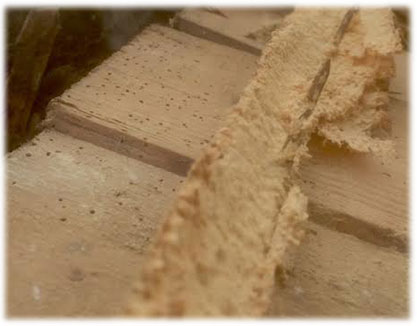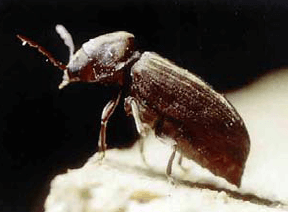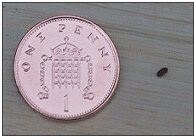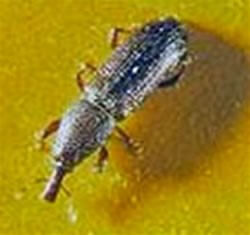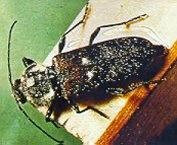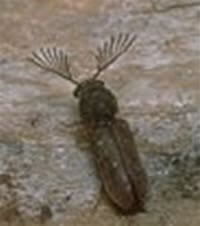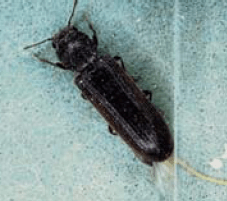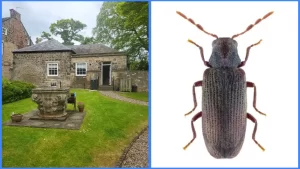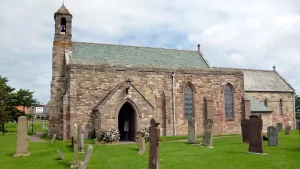
Important
It is extremely important you take advice from a registered specialist contractor. Here at Tyne Tees Damp Proofing we have given second opinions on many properties which have a historic attack or the problem has been a beetle that requires no treatment – needless to say we have saved these customers a lot of time, disruption and expense.
If you would like some friendly advice that may save you from the less reputable contractors out there please get in touch.

